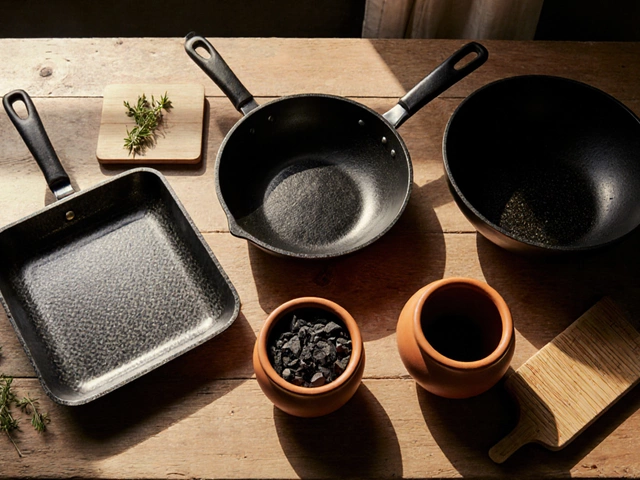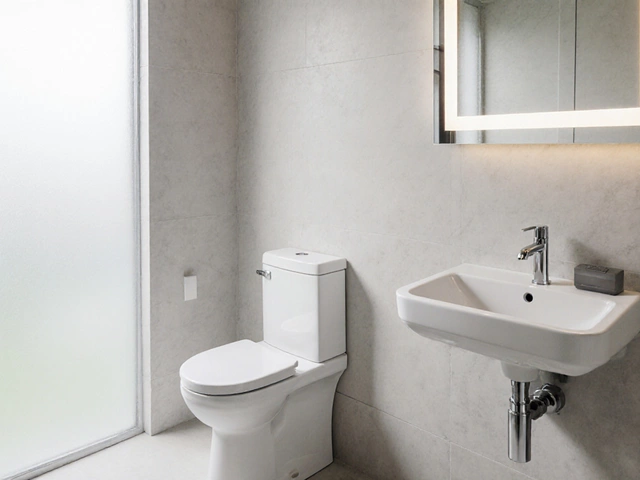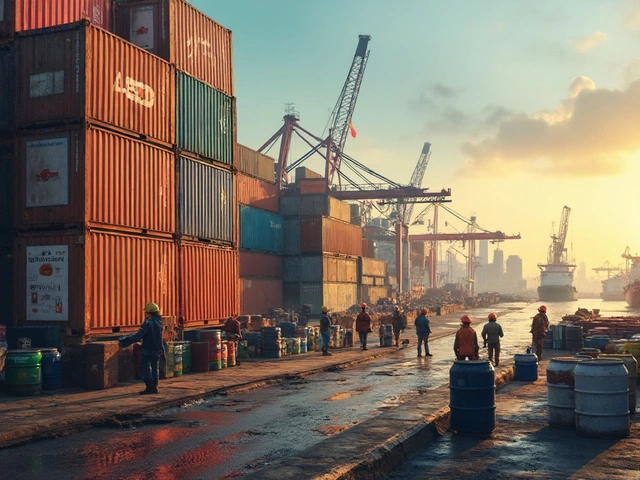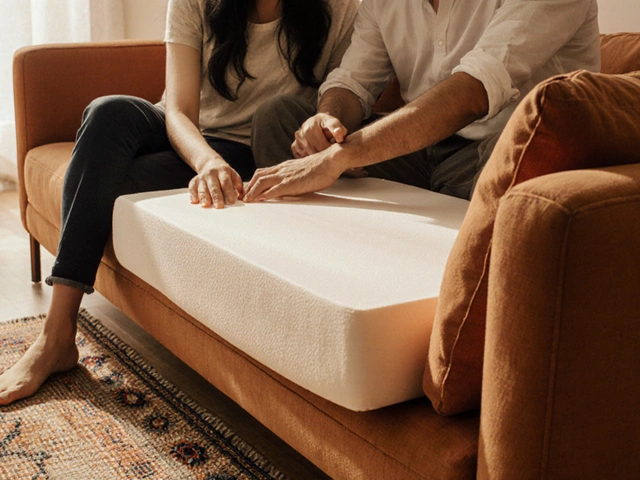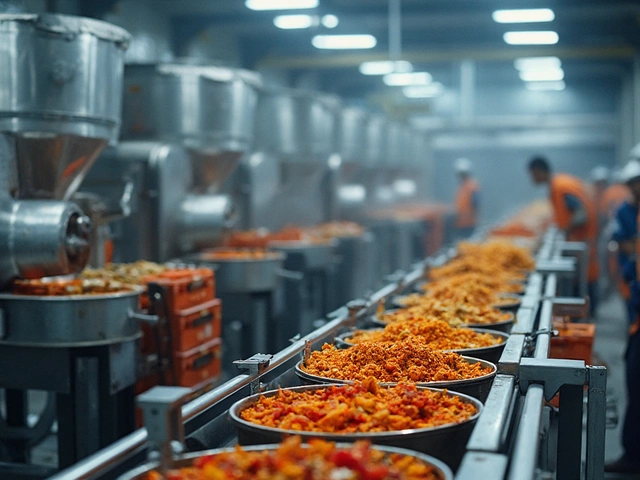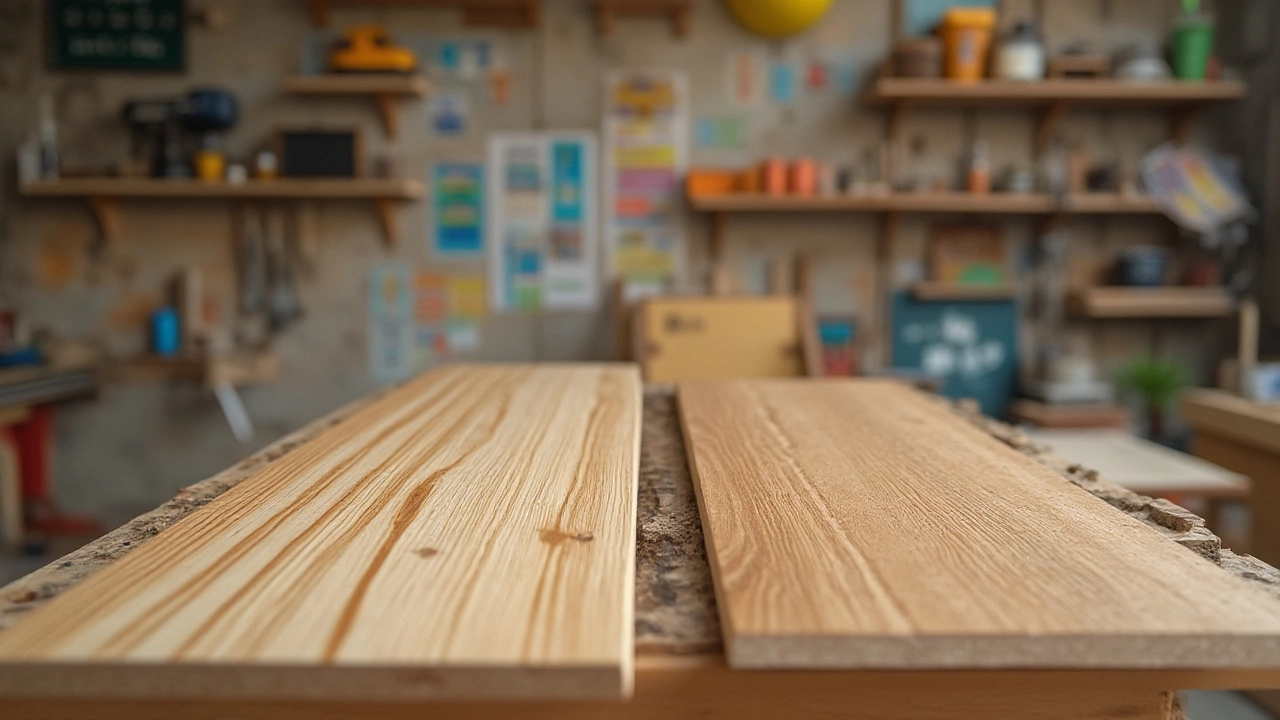
Walk into any hardware store planning a shelving project, and you’ll face a wall of confusing board options. Buzzwords like "engineered wood" barely hint at what actually makes good, strong, decent-looking shelves. Most folks reach for MDF or OSB, expecting them to do roughly the same job. But is that true? The reality is, these two materials aren’t just subtle flavors of the same thing — they deliver totally different experiences, strengths, and weaknesses.
Understanding MDF and OSB: Pros, Cons & Surprising Realities
First, let’s cut through the sales jargon. MDF, or Medium Density Fiberboard, is made by breaking down hardwood and softwood into wood fibers, then pressurizing them with wax and resin. OSB, or Oriented Strand Board, is a mashup of large wood strands bound by adhesives and pressed into thick, rigid panels. On the shelf, they look bland: MDF is smooth and weighty, OSB is speckled and unapologetically rough. But on your wall, in your closet, or holding up your books, they couldn’t behave more differently.
MDF is heavy for its size and cuts cleaner than most natural wood. The finish is uniformly smooth — feels almost like chalk. OSB? Far lighter but also spikier to the touch, and if you cut a piece, you'll often see those little wood splinters sticking out. It’s more forgiving to core mistakes (and blunt blades), but rarely gives that crisp, knife-edge you can get with MDF. Now, let’s talk money: OSB is almost always cheaper. On average, in Toronto, 3/4-inch MDF goes for about 30-40% more than equivalent OSB sheets, both in 4x8 foot panels. It might seem small when you buy a sheet or two, but with a roomful of shelves? It adds up.
So why not just go for the bargain every time? Here’s where real-world shelf-building makes things interesting. MDF isn’t just smooth, it’s also more consistent throughout. Put a screw in it anywhere, you’ll meet the same soft but dense resistance. But MDF also acts a bit like compressed chalk: heavy loads cause it to sag, and it’s notorious for swelling up if it gets wet, even a little. OSB, meanwhile, shrugs off moisture much better — it can warp slightly in wet basements, but it rarely crumbles. That said, those long strands let it carry serious loads across large spans. In fact, that's why OSB is the darling of contractors building subfloors.
Here’s a quick side-by-side for clarity:
| Feature | MDF | OSB |
|---|---|---|
| Strength | Medium; sags easily | High across spans |
| Weight | Heavy | Lighter |
| Moisture Resistance | Very poor | Moderate |
| Finish Quality | Very smooth | Rough, textured |
| Painting Ease | Excellent | Requires prep |
| Cost (Toronto, 2025) | $60–$70 per 4x8 sheet | $40–$50 per 4x8 sheet |
There’s a hidden trap with MDF for shelving projects: if you want wide, long shelves — think a six-foot span full of hardcover books — MDF almost always bows over time, no matter how thick you go. OSB takes the win on structural muscle, but it’s only as good as its edge support. That means OSB shelves need a frame underneath, or at least an edge strip, to stop flexing and chipping.
What about working with them? MDF produces a thick, clingy dust. Cut indoors without a mask and you’ll notice right away. OSB spits splinters, but doesn’t cake your lungs. Drilling into edges is risky with either, but MDF’s tendency to crumble is legendary — pre-drill or you'll split it in seconds.
Planning to paint? MDF is the king here. Sand, prime, roll — looks like a store-bought shelf. OSB can drink a half-can of paint per shelf before it stops looking patchy, so expect a high-maintenance finish unless you’re after that "modern industrial" look trending on Instagram.
Make MDF shelves where humidity is low, weight isn’t extreme, and you want a flawless finish — closets, bedroom bookshelves, craft rooms. Go OSB for garages, utility rooms, or anywhere the shelves risk wet, rough treatment, or you’re on a tight budget and can live with rougher edges.
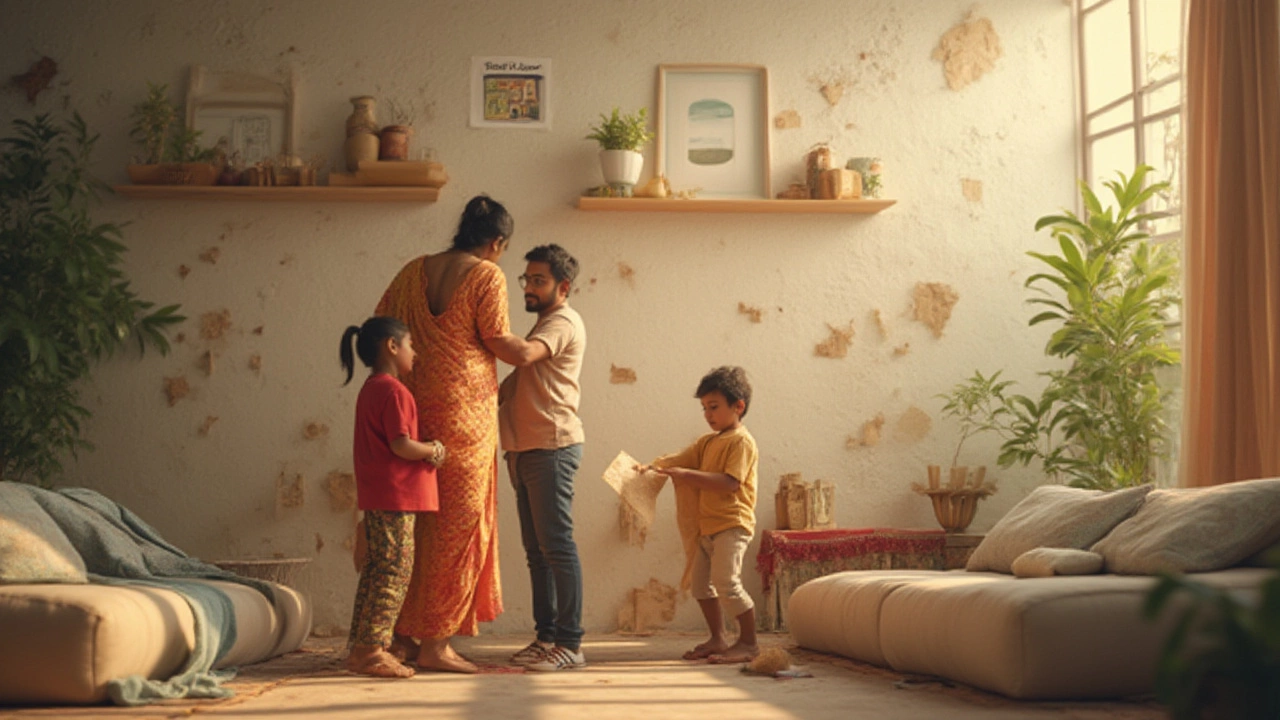
Strength, Durability, and Looks: Real Life Shelf Tests
To put it simply, no material is perfect for every situation. Say you want to create a bookshelf for a living room that won’t bow under your heaviest cookbooks. MDF might look more premium after a couple of coats of paint, but after a year, you could see a slight dip in the middle — the so-called "shelf smile." Structural tests from Canadian manufacturers show that a four-foot-long, three-quarter inch MDF shelf will start to show visible deflection with as little as 40 pounds placed dead center. OSB in the same dimension holds up slightly better, though its roughness means heavier loads dig into the surface unless protected. Add a 1x2 pine edge to either material and the problem mostly disappears.
Both materials, surprisingly, hate being exposed edges. MDF swells and flakes if it catches a spill (even a coffee cup ring is risky). OSB’s layers can delaminate around screws if they get wet and then dry fast. Want to avoid chipped, dented edges? Face either with a strip of real wood and sand flush. You’ll get a tougher, more handsome finish and a noticeable upgrade in strength.
If you ask working carpenters across Toronto, they’ll often lean toward OSB for pure utility, especially behind the scenes or in heavy-use storage closets. Anyone who values clean looks and smooth painting usually prefers MDF — or better, uses birch plywood for an upgrade. But let’s stick to our two choices.
Here are a few key realities to remember:
- MDF works best when tightly supported (aim for 24” or less between supports).
- OSB is happy with longer spans — up to 36” or even more with extra thickness or edge support.
- Neither loves being hung up with L-brackets screwed right into the panel. Always anchor into studs, or support with cleats along the wall.
- Painting OSB is a pain, so consider a good oil-based primer for better coverage if you dare.
- MDF can make screws strip out; always pre-drill, and don't overtighten.
Let’s talk appearance. The rise of "industrial style" has made OSB suddenly cool for exposed shelving. Cafés in the city show off its raw, patchy look. Meanwhile, MDF’s smooth surface takes on any aesthetic — bright primary paints for playrooms, soft greys for minimalist decor. Nail on edge banding, and most folks won’t even know it’s an engineered board.
Where both materials fall flat is at the edge. OSB edges splinter, MDF edges dent. For built-in shelves that need a pro look, a simple band of hardwood does wonders. It not only upgrades strength, it just feels right to run your hand along. Don’t ignore this tip — the edge is often where life happens, from book shoving to storage bin ramming.
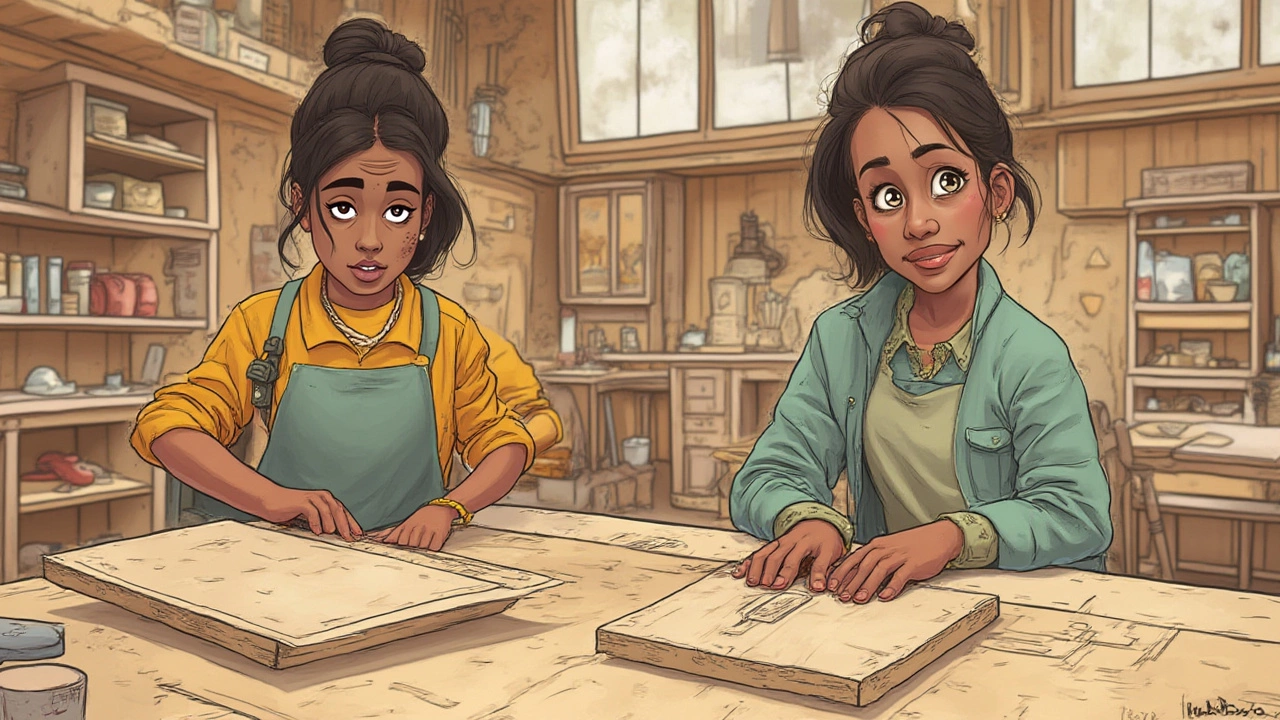
Cost, Practical Tips, and Real-World Choices for Your Next Project
No, MDF and OSB aren’t two sides of the same coin — they’re suited to different types of shelving needs. Budget will likely be your first question, unless you’re building shelves that will take abuse from day one. If you want clean looks, go MDF shelves. If you need rugged strength and care less about beauty, OSB is a workhorse.
Here’s how to make the decision faster (without regret):
- Measure your span: Under 2 feet? MDF is fine. Over 2 feet, back it or choose OSB with some beefy edge support.
- Plan for weight: Light-duty (linens, pantry goods) is easy for either. Heavy-duty (books, tools) favors OSB or double-thick MDF.
- Think about climate: Moisture kills MDF. For laundry rooms, basements, or garages, it’s a risky bet.
- Account for finishing: If you love the idea of bold colour or want to match your IKEA haul, MDF wins. Hate painting? Hide rough OSB behind a curtain or just live with its texture.
- Noise and mess: MDF dust is nasty for indoor DIY sessions. OSB chips, but it’s less of a throat-itcher. Mask up either way.
Don’t fall for marketing hype about “high-strength” or “ultra-firm” unless you see an actual rating. Go by feel, ask at the store, and test a scrap if you can. Toronto’s climate is damp in the spring, dry in the winter. That swing kills weak joints and puckers the best finish. Sealing every exposed edge — even the hidden ones — pays off big time.
One last trick seasoned DIYers swear by: sandwich a thin sheet of plywood between two layers of MDF or OSB. For $10 extra per shelf, you get the hardness of plywood, the heft of MDF or OSB, and a surface that barely senses time. Is it overkill for most projects? Probably. But for that one shelf holding all your vinyl records? Suddenly, it’s genius.
The short version: Use MDF for a polished, painted, "furniture" look in low-impact, dry places. Use OSB when strength, price, and resilience beat out beauty every time. And when you’re on the fence, reach for some edge tape or hardwood strips. Your shelves — and your future self — will thank you.
